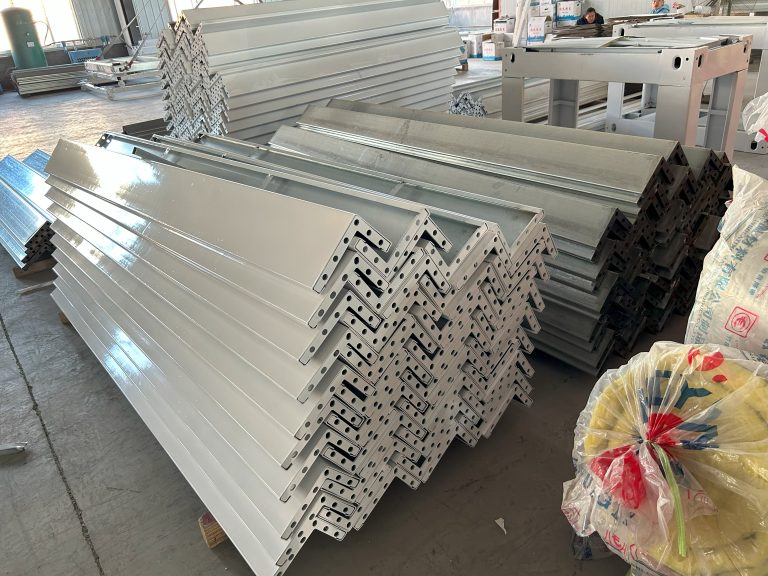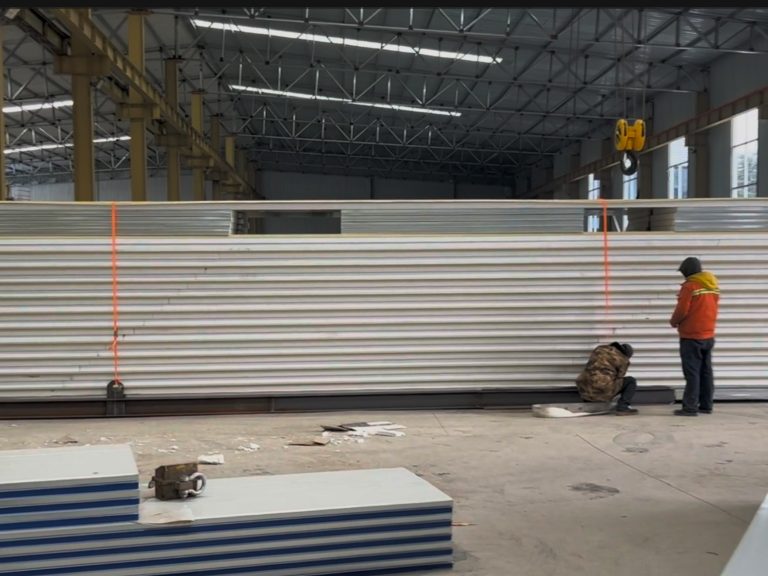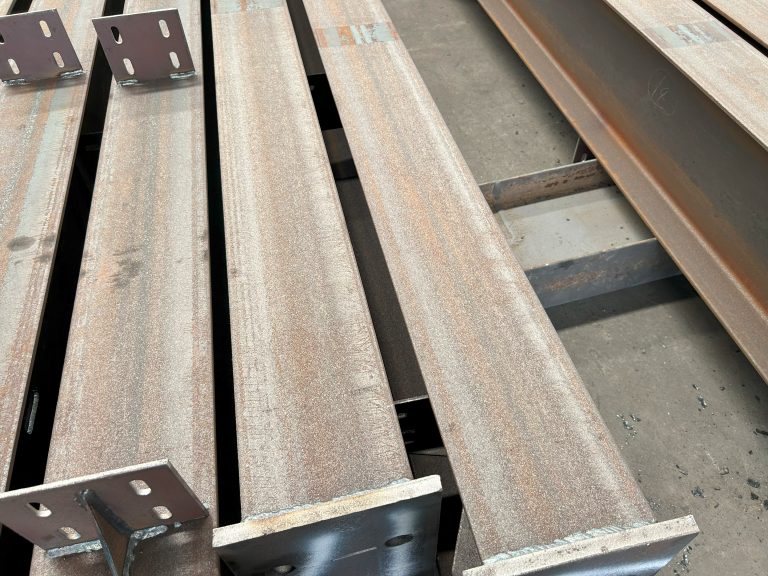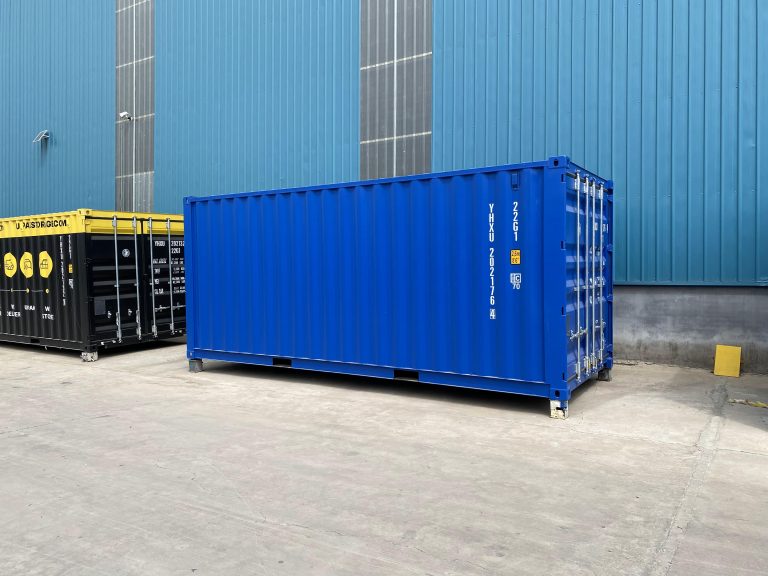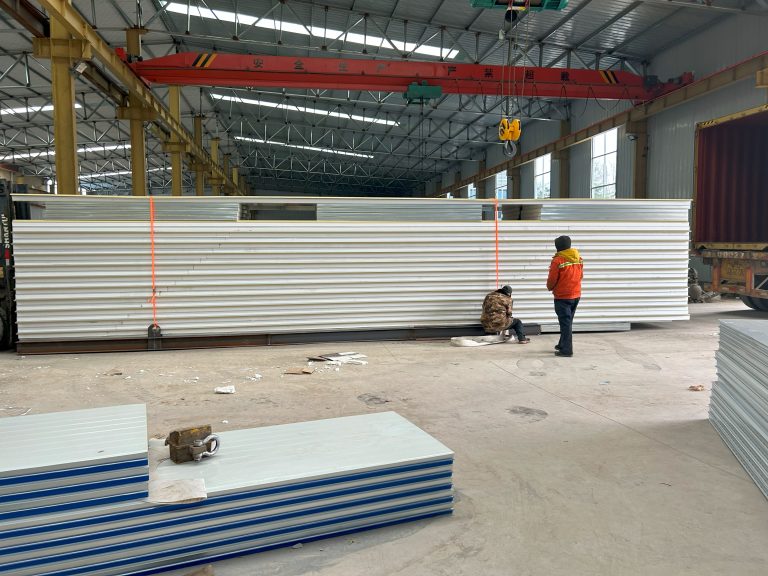Application technology innovation of steel structure in intelligent transportation system
Table of Contents
Benefits of Using Steel Structure in Intelligent Transportation Systems
Steel structures have long been a popular choice for construction projects due to their durability, strength, and versatility. In recent years, the application of steel structures in intelligent transportation systems has seen a significant increase. This innovation has brought about numerous benefits that have improved the efficiency and effectiveness of transportation systems around the world.
One of the key benefits of using steel structures in intelligent transportation systems is their ability to withstand harsh weather conditions and heavy loads. Steel is known for its high strength-to-weight ratio, making it an ideal material for supporting large structures such as bridges, tunnels, and overpasses. This durability ensures that transportation systems remain operational even in the face of extreme weather events or heavy traffic.
In addition to their strength, steel structures are also highly customizable, allowing for the creation of complex and innovative designs. This flexibility in design is essential for creating efficient transportation systems that can adapt to the changing needs of a growing population. Steel structures can be easily modified or expanded to accommodate new technologies or increased traffic flow, making them a cost-effective and sustainable choice for transportation infrastructure.
Furthermore, steel structures are quick and easy to assemble, reducing construction time and minimizing disruptions to traffic flow. This efficiency is crucial for maintaining the smooth operation of transportation systems and minimizing the impact on commuters. By using steel structures, transportation agencies can complete projects faster and with less disruption, ultimately improving the overall experience for travelers.
Another benefit of using steel structures in intelligent transportation systems is their compatibility with advanced technologies. Steel structures can be equipped with sensors, cameras, and other monitoring devices to collect data and improve the efficiency of transportation systems. This integration of technology allows for real-time monitoring and analysis of traffic patterns, enabling transportation agencies to make informed decisions and optimize the flow of traffic.
Additionally, steel structures are environmentally friendly and sustainable, making them an attractive choice for transportation projects. Steel is a recyclable material that can be reused multiple times without losing its strength or durability. This sustainability is essential for reducing the environmental impact of transportation systems and promoting a greener future for urban infrastructure.
Overall, the application of steel structures in intelligent transportation systems offers numerous benefits that improve the efficiency, durability, and sustainability of transportation infrastructure. By utilizing steel structures, transportation agencies can create innovative and adaptable designs that enhance the overall experience for travelers while minimizing the impact on the environment. As technology continues to advance, steel structures will play an increasingly important role in shaping the future of intelligent transportation systems around the world.
Future Trends and Developments in Application Technology for Steel Structures in Intelligent Transportation Systems
Steel structures have long been a staple in the construction industry due to their durability, strength, and versatility. In recent years, there has been a growing trend towards incorporating steel structures into intelligent transportation systems to improve efficiency, safety, and sustainability. This article will explore the application technology innovation of steel structures in intelligent transportation systems and discuss future trends and developments in this field.
One of the key advantages of using steel structures in intelligent transportation systems is their ability to support heavy loads and withstand harsh environmental conditions. Steel bridges, for example, are commonly used to span rivers, highways, and railways, providing a safe and reliable passage for vehicles and pedestrians. With advances in technology, steel structures can now be designed and fabricated with greater precision and efficiency, resulting in faster construction times and lower costs.
In addition to their strength and durability, steel structures can also be integrated with smart sensors and monitoring systems to enhance the performance and safety of transportation networks. For example, sensors embedded in steel bridges can detect changes in temperature, stress, and vibration, allowing engineers to monitor the structural health of the bridge in real-time and identify potential maintenance issues before they become critical.
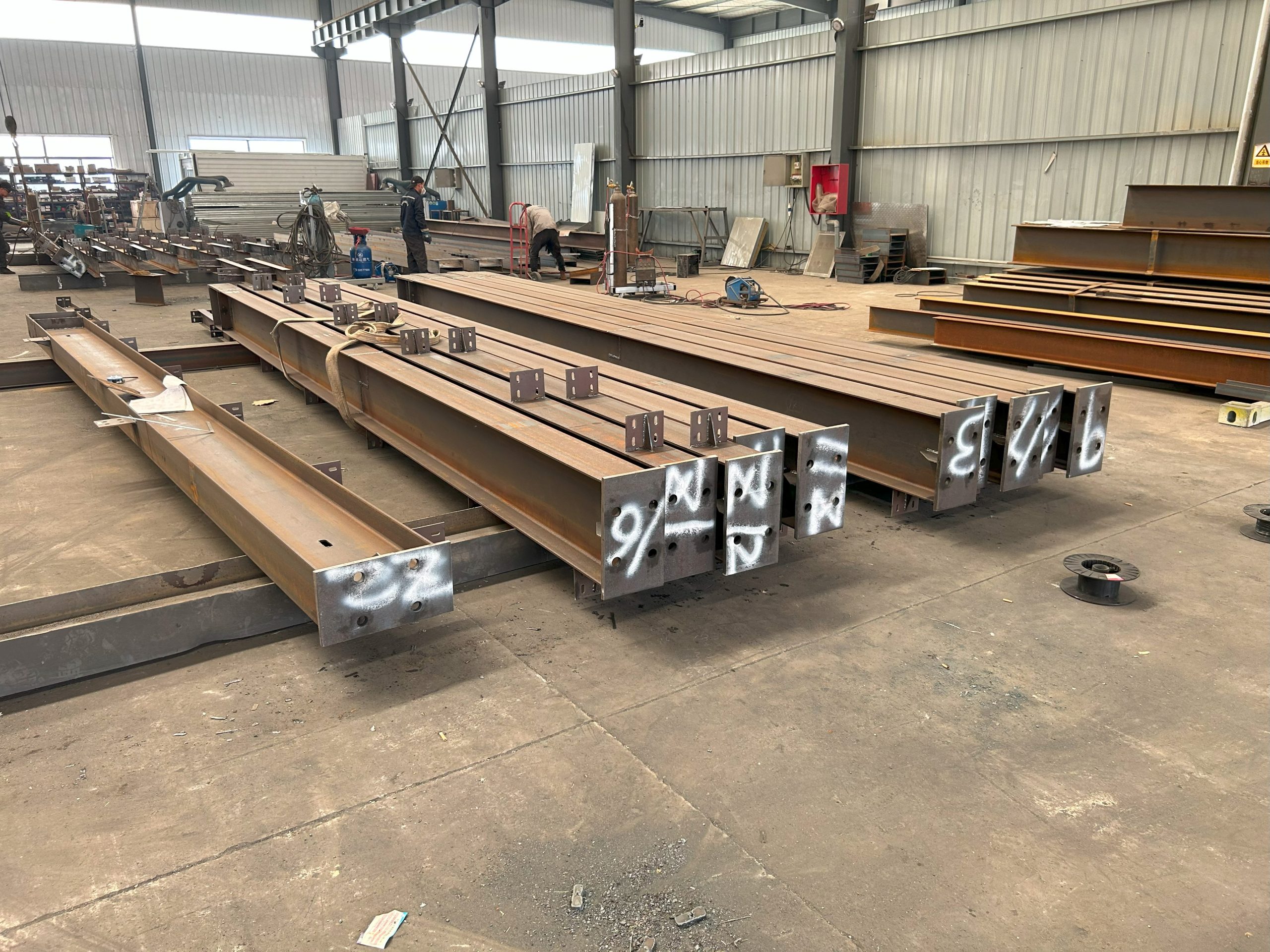
Furthermore, steel structures can be designed to be more sustainable and environmentally friendly. By using recycled steel and incorporating energy-efficient design features, such as solar panels and green roofs, steel structures can help reduce carbon emissions and minimize the impact on the environment. In intelligent transportation systems, steel structures can also be used to support electric vehicle charging stations and other sustainable transportation initiatives.
Looking ahead, the future of application technology for steel structures in intelligent transportation systems is promising. Advances in materials science, computer-aided design, and robotics are enabling engineers to design and construct steel structures with greater precision, efficiency, and sustainability. For example, 3D printing technology is being used to fabricate complex steel components with intricate geometries, reducing waste and improving structural performance.
Moreover, artificial intelligence and machine learning algorithms are being employed to optimize the design and maintenance of steel structures in intelligent transportation systems. By analyzing vast amounts of data collected from sensors and monitoring systems, AI algorithms can predict potential failures, recommend maintenance strategies, and optimize the performance of steel structures in real-time.
In conclusion, the application technology innovation of steel structures in intelligent transportation systems is driving significant advancements in efficiency, safety, and sustainability. By integrating smart sensors, monitoring systems, and sustainable design features, steel structures are helping to create a more connected, resilient, and environmentally friendly transportation network. As technology continues to evolve, the future of steel structures in intelligent transportation systems looks bright, with endless possibilities for innovation and improvement.

